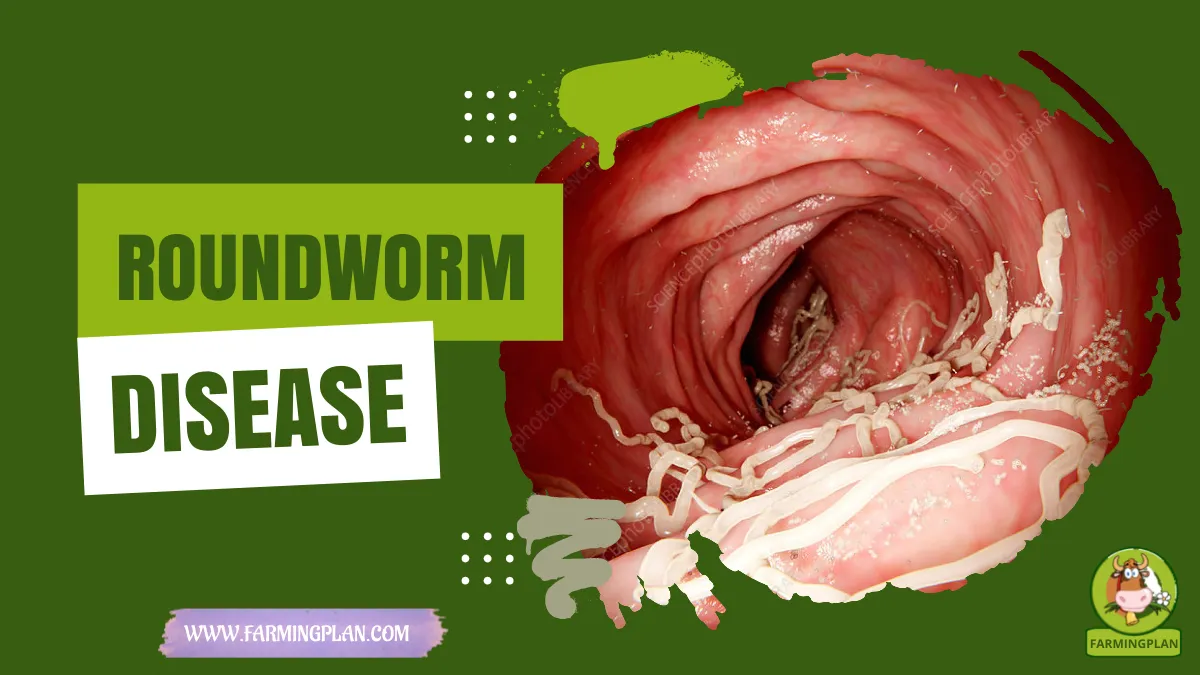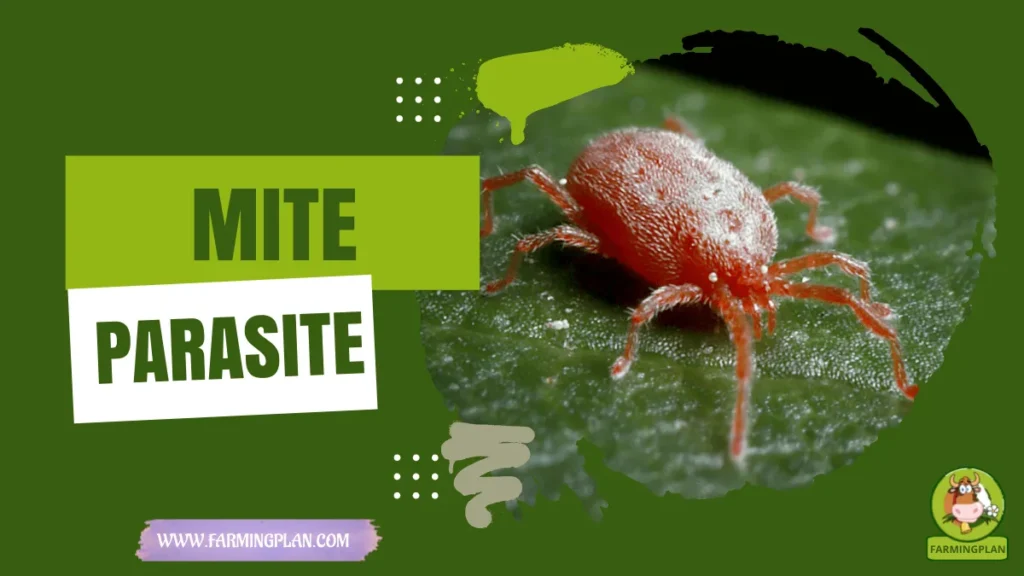Roundworm is microscopic, multicellular, semitransparent organisms, worm-shaped, non-segmented, superficially ringed, with bilateral symmetry, possess all organic systems, except the respiratory and circulatory systems. The Roundworm is a type of Nematode (a phylum that includes the earthworms, which are not true worms).
Roundworms can be found in many different types of environments. They live off of plants and other animals, so they need to find ways to get into these hosts. Roundworms have an outer layer called the cuticle that protects their body from drying out or getting harmed by chemicals.

Characteristics of Roundworm
The worms are widely distributed. It adapts to any known environment which has a certain amount of water. Although they survive in almost all habitats, they are essentially aquatic. They belong to the Animal Kingdom. Phylum Nematoda is one of the most abundant and diverse groups of multicellular organisms.
Insects are the only ones that surpass their diversity. Its size varies from 0.3 mm to more than 8 meters. There are about 26.646 species of Roundworm, distribute among. Free-living species (10.681); Invertebrate parasites (3.501), vertebrates (8.359) and plants (4.105).
Most Roundworms are microscopic and measure from 250 um to 12 mm in length, averaging 1 mm, and 15 to 35 μm wide. Their size makes them invisible to the naked eye. But can be easily observed with the help of a light microscope or a stereoscope. They have digestive, nervous, excretory and reproductive systems, but they lack circulatory and respiratory systems.
Since the Roundworm does not have respiratory and circulatory systems, the diffusion of water, gases, and metabolites inside and outside is done through the wall of the body that is semipermeable.
The body of the Roundworm consists of 2 tubes, one inside the other External Tube (Body Wall) formed by:
- Cuticle
- Hypodermis
- Muscles
- Nerves
The internal tube formed by the Digestive Tract (the alimentary canal extends from the mouth at the anterior end to the anus located near the tail. Between the two tubes is the Cavity of the body or Pseudocelloma.
The stylet is a hard, hollow structure that is pulled out of the body by muscles with which it perforates the plant cells and injects digestive enzymes that come from the glands of the basal bulb of the esophagus, then suction the nutrients from the damaged cells.
The female worm produces 300 to 2000 eggs per day, over a period of 4 to 16 weeks. Embryogenesis is completed in 21 days on the soil which must be moist. Adults live for many years, for that reason large amounts can accumulate in a person. You can also read Head Lice Here.
Symptoms
Less than 100 worms rarely cause clinical symptoms, most infections are asymptomatic.
The symptoms that are present in patients with roundworm are:
- Strong infections can cause death. (Children are most vulnerable).
- Causes the condition known as trichuriasis and the symptoms are dysentery, anemia, growth retardation and rectal prolapse.
- It can affect the cognitive functioning of children.
- Intestinal tract causing bleeding.
- Poor sanitation standards, where people use latrines, and human faeces go to the ground, and a combination of physical conditions that allow the survival and development of the worm: warm weather, rain, humidity, soils that keep them moist and shady.
- Eating geophagy contributes to infection.
- The use of nightsoil (feces) as fertilizer.
- Swelling and abdominal pain, as well as sometimes constipation due to obstruction of the intestines.
- On the other hand, it is also possible to cause itching in the genital and anal area and even to appear rashes as a result of constant scratching. This can be one of the keys to knowing if your child has worms.
- In addition, in the most severe cases, nervousness and weight loss may occur.
Having roundworm produces an often poorly problematic infection. However, sometimes complications can arise. Scratching of the anus and its surroundings can cause excoriations and infections of the skin by other more aggressive germs like some bacteria. Infections of the genitals such as vulvovaginitis, infections of the endometrium or the fallopian tubes can occur in young girls. Urine infections may also occur.
It is important to differentiate this mild intestinal infection from other causes of itching of the anus, such as skin diseases such as dermatitis or psoriasis or other skin infections by fungi, viruses or other parasites such as scabies.
Prevention & Treatment
- Avoid contact with soil that could be contaminated with human faeces, including human faecal matter (“excrement”) which in some places is used to fertilize crops.
- Wash hands with warm water and soap before handling food.
- Teach children the importance of washing their hands to prevent infection.
- Wash, peel or cook all raw vegetables and fruits before eating them, particularly those that have been grown in soil that has been fertilized with manure.
Other measures that may be used:
- Do not scratch the genital and perianal area to prevent irritation of the skin.
- Wash your hands very often, especially if you have scraped the perianal area, as well as before eating or after changing diapers.
- Keep hands clean and nails short and cared for.
- Do not touch your mouth and nose with your hands.
- Change and wash the bedding, towels, and underwear of the infected person.
- It is important to separate clothes from the rest of the family.
- Clean and disinfect well the toilets to avoid contagion, as well as the places that have frequented the affected person.
- Wash your genitals and anus once a day, at least with warm water and a mild gel.
Transmission of the infection to other people can be present in the following ways:
- Do not defecate in the open air
- Using efficient (black) wastewater disposal systems.
Treatment includes drugs (anthelmintic drugs that rid the body of parasitic worms), such as albendazole and mebendazole, which are the drugs of choice for treatment.
Infections are treated for 1 to 3 days. Recommended medicines are effective.
Conclusion
High-risk groups that may be infected with Roundworm were identified by the World Health Organization and these groups are pre-school children and school-age children, women of childbearing age, and adults in occupations where there is a high risk of serious infections. School-age children are often treated through school health programs and pre-school children and pregnant women on visits to health clinics.
References: Wikipedia

